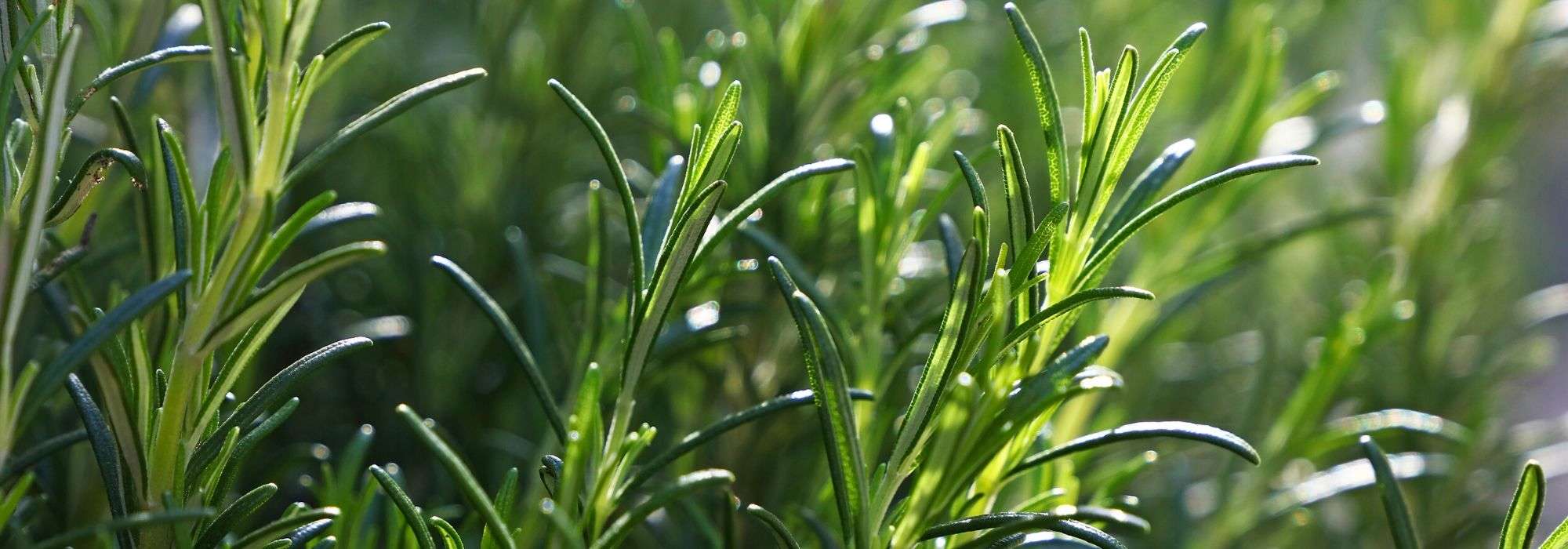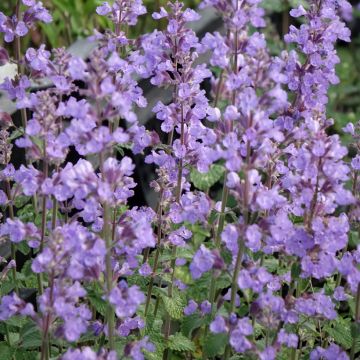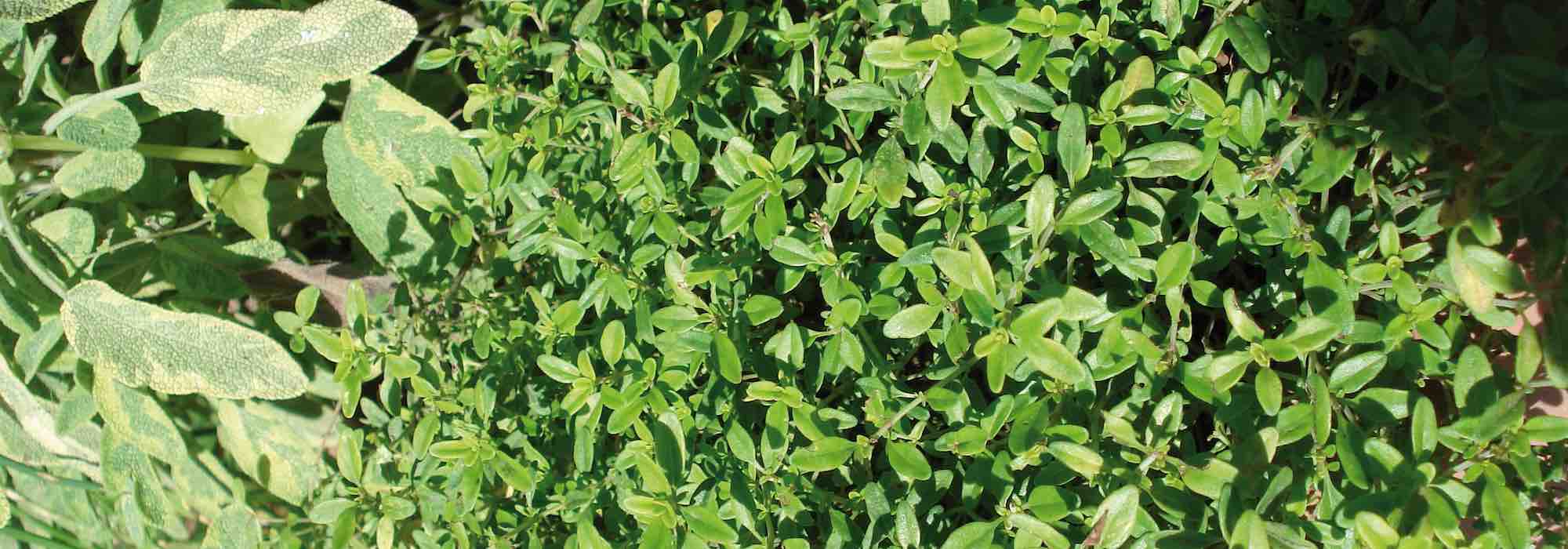

Rosmarinus officinalis Albiflorus
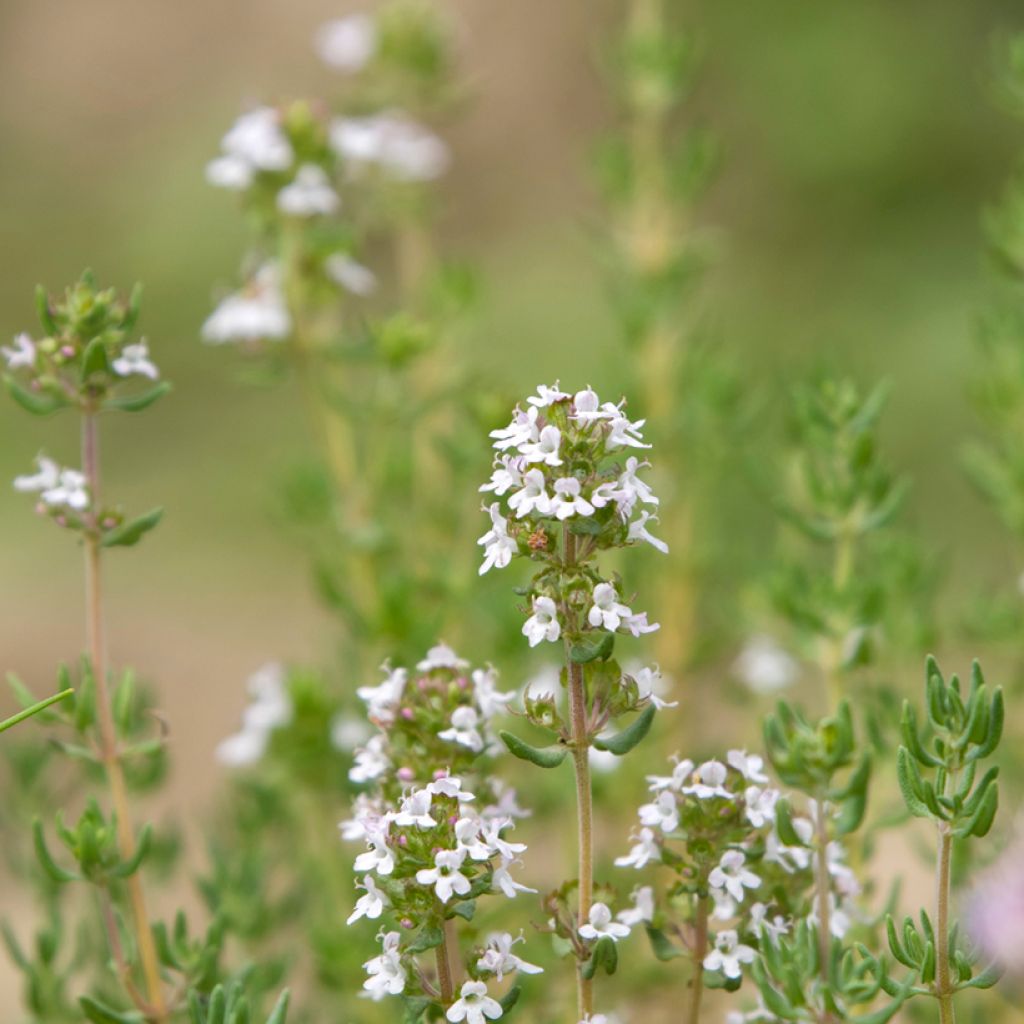

Rosmarinus officinalis Albiflorus


Rosmarinus officinalis Albiflorus
Rosmarinus officinalis Albiflorus
Rosmarinus officinalis Albiflorus
Rosemary
I was worried when it arrived, I let you know - it seemed broken, but I potted it and it now appears to be recovering well!
Nonna, 08/10/2025
Special offer!
Receive a €20 voucher for any order over €90 (excluding delivery costs, credit notes, and plastic-free options)!
1- Add your favorite plants to your cart.
2- Once you have reached €90, confirm your order (you can even choose the delivery date!).
3- As soon as your order is shipped, you will receive an email containing your voucher code, valid for 3 months (90 days).
Your voucher is unique and can only be used once, for any order with a minimum value of €20, excluding delivery costs.
Can be combined with other current offers, non-divisible and non-refundable.
Home or relay delivery (depending on size and destination)
Schedule delivery date,
and select date in basket
This plant carries a 12 months recovery warranty
More information
We guarantee the quality of our plants for a full growing cycle, and will replace at our expense any plant that fails to recover under normal climatic and planting conditions.
Would this plant suit my garden?
Set up your Plantfit profile →
Description
The Rosmarinus officinalis 'Albiflorus' has a bushy and erect habit, and produces the pure white blooms of the official rosemary. More abundantly in autumn, and sometimes again in spring depending on the climate, it offers highly melliferous, fragrant blooms. Its particularly aromatic evergreen foliage covers an erect and little ramified framework, giving this bush a refined look. Of Mediterranean origin, it is a little sensitive to frosts, but is neither averse to heat, nor summer drought, nor even rocky and poor soil.
The official Rosemary, called Rosmarinus officinalis, is a small bush native to the Mediterranean basin and belonging to the Lamiaceae family. In addition to its many culinary or therapeutic properties, this plant was long ascribed the power to purify the air and drive away evil spirits. Around the Mediterranean, it was burned like incense. It has differentiated from region to region and according to its natural environment, revealing variable characteristics of hardiness, habit, and flowering.
The 'Albiflorus' form, as its name suggests, forms entirely white small flowers. This variety forms a little ramified bush about 1 m (3 ft 4 in) high, and 80 cm (31.5 in) wide. Its growth is quite slow in poor and dry soil, much faster in rich and cooler soil, and under these conditions its life will be shorter and its habit less bushy. more northern regions, it prefers to flower in spring, usually in March-April. In southern regions, it can sometimes be in flower from November onwards, even all winter, in successive waves. Its flowering sometimes increases again in March, depending on climatic conditions. It is actually induced by the return of rain after a period of intense drought. 'Albiflorus' carries very small flowers that are gathered in spiky clusters along the young branches. The evergreen foliage is formed of small, green, narrow leaves with a cottony and whitish underside. They have the peculiarity of being curled up on themselves, which gives them a linear aspect. This characteristic is an adaptation to drought. The 'Albiflorus' variety will resist frosts down to -12°C/-15°C (5 °F) in well-drained soil.
Bushy and flexible, white, light blue, ultramarine blue, violet or soft pink, the official Rosemary and its numerous varieties are a interesting alternative to create a bushy hedge in a dry, rocky or sandy garden. They can be combined with roses, lavenders, coronillas, cistuses and bushy potentillas to embellish somewhat arid and scorching areas. Rosemary is an excellent provider of nectar for bees at a time of year when flowers are rare.
Rosmarinus officinalis Albiflorus in pictures


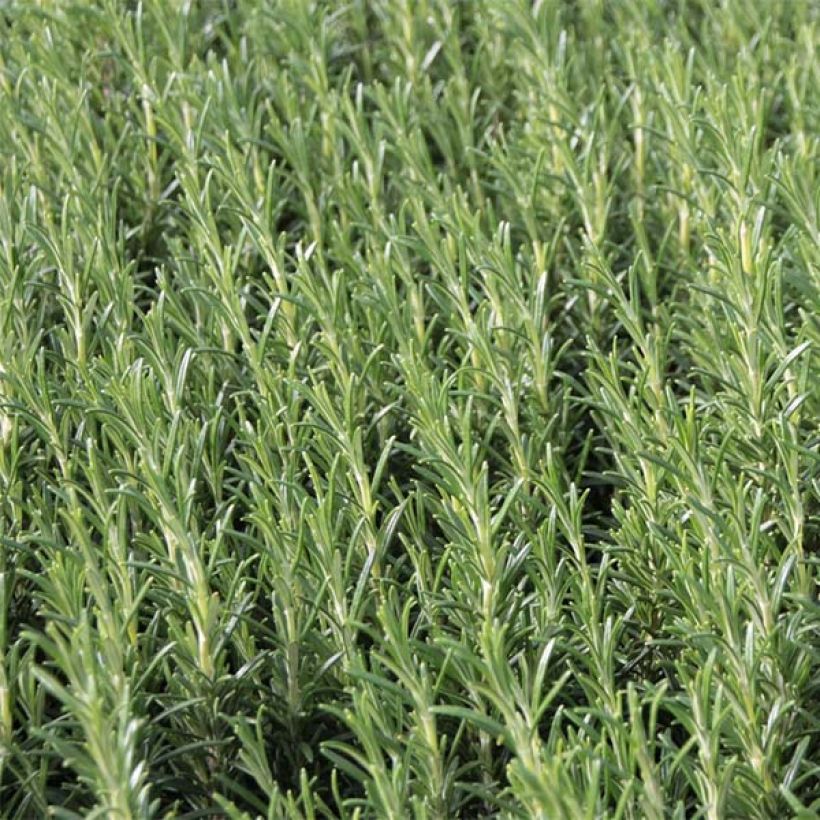



Flowering
Foliage
Plant habit
Botanical data
Rosmarinus
officinalis
Albiflorus
Lamiaceae
Rosemary
Mediterranean
Other Herb perennials
View all →Planting and care
Rosemary is a perfect plant for poor and dry, even rocky and limestone soil that is perfectly drained in winter. The better the soil drainage, the better the plant will withstand winter. The richer the soil, the faster rosemary will grow, and the worse it will age and lose its branches from the base. The 'Albiflorus' rosemary is a variety that ages better, without shedding branches from its base, especially as it tends to layer naturally at ground level. It prefers a sunny and somewhat sheltered location; though hardy down to -10°C (14°F), it can suffer from harsh winters in northern climes. Watering should be avoided in the summer as it is susceptible to Phytophthora, a fungus that attacks the base of the plant in warm and humid conditions. You can prune the bush slightly after flowering to shape it and maintain a compact and ramified habit.
Planting period
Intended location
Care
Planting & care advice
-
, onOrder confirmed
Reply from on Promesse de fleurs
Similar products
Haven't found what you were looking for?
Hardiness is the lowest winter temperature a plant can endure without suffering serious damage or even dying. However, hardiness is affected by location (a sheltered area, such as a patio), protection (winter cover) and soil type (hardiness is improved by well-drained soil).

Photo Sharing Terms & Conditions
In order to encourage gardeners to interact and share their experiences, Promesse de fleurs offers various media enabling content to be uploaded onto its Site - in particular via the ‘Photo sharing’ module.
The User agrees to refrain from:
- Posting any content that is illegal, prejudicial, insulting, racist, inciteful to hatred, revisionist, contrary to public decency, that infringes on privacy or on the privacy rights of third parties, in particular the publicity rights of persons and goods, intellectual property rights, or the right to privacy.
- Submitting content on behalf of a third party;
- Impersonate the identity of a third party and/or publish any personal information about a third party;
In general, the User undertakes to refrain from any unethical behaviour.
All Content (in particular text, comments, files, images, photos, videos, creative works, etc.), which may be subject to property or intellectual property rights, image or other private rights, shall remain the property of the User, subject to the limited rights granted by the terms of the licence granted by Promesse de fleurs as stated below. Users are at liberty to publish or not to publish such Content on the Site, notably via the ‘Photo Sharing’ facility, and accept that this Content shall be made public and freely accessible, notably on the Internet.
Users further acknowledge, undertake to have ,and guarantee that they hold all necessary rights and permissions to publish such material on the Site, in particular with regard to the legislation in force pertaining to any privacy, property, intellectual property, image, or contractual rights, or rights of any other nature. By publishing such Content on the Site, Users acknowledge accepting full liability as publishers of the Content within the meaning of the law, and grant Promesse de fleurs, free of charge, an inclusive, worldwide licence for the said Content for the entire duration of its publication, including all reproduction, representation, up/downloading, displaying, performing, transmission, and storage rights.
Users also grant permission for their name to be linked to the Content and accept that this link may not always be made available.
By engaging in posting material, Users consent to their Content becoming automatically accessible on the Internet, in particular on other sites and/or blogs and/or web pages of the Promesse de fleurs site, including in particular social pages and the Promesse de fleurs catalogue.
Users may secure the removal of entrusted content free of charge by issuing a simple request via our contact form.
The flowering period indicated on our website applies to countries and regions located in USDA zone 8 (France, the United Kingdom, Ireland, the Netherlands, etc.)
It will vary according to where you live:
- In zones 9 to 10 (Italy, Spain, Greece, etc.), flowering will occur about 2 to 4 weeks earlier.
- In zones 6 to 7 (Germany, Poland, Slovenia, and lower mountainous regions), flowering will be delayed by 2 to 3 weeks.
- In zone 5 (Central Europe, Scandinavia), blooming will be delayed by 3 to 5 weeks.
In temperate climates, pruning of spring-flowering shrubs (forsythia, spireas, etc.) should be done just after flowering.
Pruning of summer-flowering shrubs (Indian Lilac, Perovskia, etc.) can be done in winter or spring.
In cold regions as well as with frost-sensitive plants, avoid pruning too early when severe frosts may still occur.
The planting period indicated on our website applies to countries and regions located in USDA zone 8 (France, United Kingdom, Ireland, Netherlands).
It will vary according to where you live:
- In Mediterranean zones (Marseille, Madrid, Milan, etc.), autumn and winter are the best planting periods.
- In continental zones (Strasbourg, Munich, Vienna, etc.), delay planting by 2 to 3 weeks in spring and bring it forward by 2 to 4 weeks in autumn.
- In mountainous regions (the Alps, Pyrenees, Carpathians, etc.), it is best to plant in late spring (May-June) or late summer (August-September).
The harvesting period indicated on our website applies to countries and regions in USDA zone 8 (France, England, Ireland, the Netherlands).
In colder areas (Scandinavia, Poland, Austria...) fruit and vegetable harvests are likely to be delayed by 3-4 weeks.
In warmer areas (Italy, Spain, Greece, etc.), harvesting will probably take place earlier, depending on weather conditions.
The sowing periods indicated on our website apply to countries and regions within USDA Zone 8 (France, UK, Ireland, Netherlands).
In colder areas (Scandinavia, Poland, Austria...), delay any outdoor sowing by 3-4 weeks, or sow under glass.
In warmer climes (Italy, Spain, Greece, etc.), bring outdoor sowing forward by a few weeks.






























